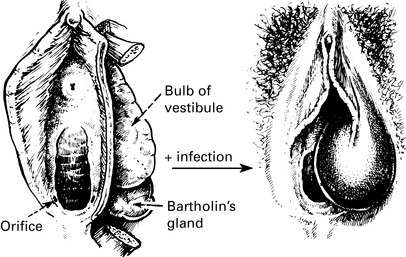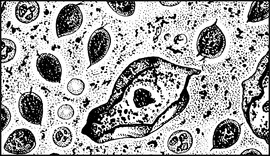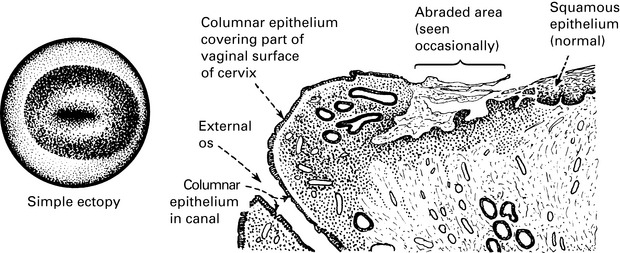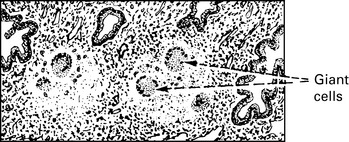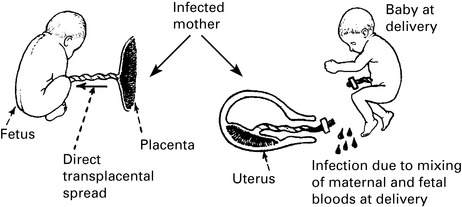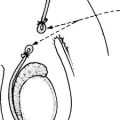Chapter 7 Gynaecological Infections
Vaginal discharge and infection
Source of vaginal discharge
Vulva: Greater vestibular glands, glands of vulval skin.
Cervix: Alkaline mucous secretion which becomes copious and watery during ovulation.
Complaints of vaginal discharge
Women will complain under the following conditions.
Examination
Vaginal discharge
Candida albicans
Source of Infection
Vaginitis
Vulvovaginitis in children
With reference to the above points.
Genital herpes
Clinical findings
Infection of the neonate can lead to herpes encephalitis with a primary infection.
Genital warts
Differential diagnosis
Bacterial infections
Tropical sexually transmitted infections
Lymphogranuloma venereum (LGV)
LGV is attributed to a strain of Chlamydia. This is rare in the developed countries.
Gonorrhoea
Syphilis
Diagnosis of syphilis
Signs and symptoms of syphilis
Diagnosis is by the demonstration of T. pallidum in the lesions and by serological tests.
Pelvic inflammatory disease
Differential diagnosis
Pelvic inflammatory disease
Genital tuberculosis
Diagnosis
Human immunodeficiency virus
Transmission
The following are the main modes of transmission of human immunodeficiency virus (HIV):
Acquired immune deficiency syndrome (AIDS)
Three conditions are particularly characteristic of the immunodeficiency state:
Intercurrent infections frequently found in aids patients
| Infective agents | Clinical results |
|---|---|
| Parasites | |
| Pneumocystis carinii | Pneumonia |
| Cryptosporidium | Severe diarrhoea |
| Strongyloides stercoralis | Severe diarrhoea |
| Toxoplasma gondii | Chorio-retinitis |
| Viruses | |
| Herpes | Pneumonia |
| J.C. virus | Leuco-encephalopathy |
| Bacteria | |
| Species usually causing minor lesions, e.g. skin spots | Septicaemia |
| Fungi | |
| Cryptococcus neoformans | Pneumonia, meningitis |



